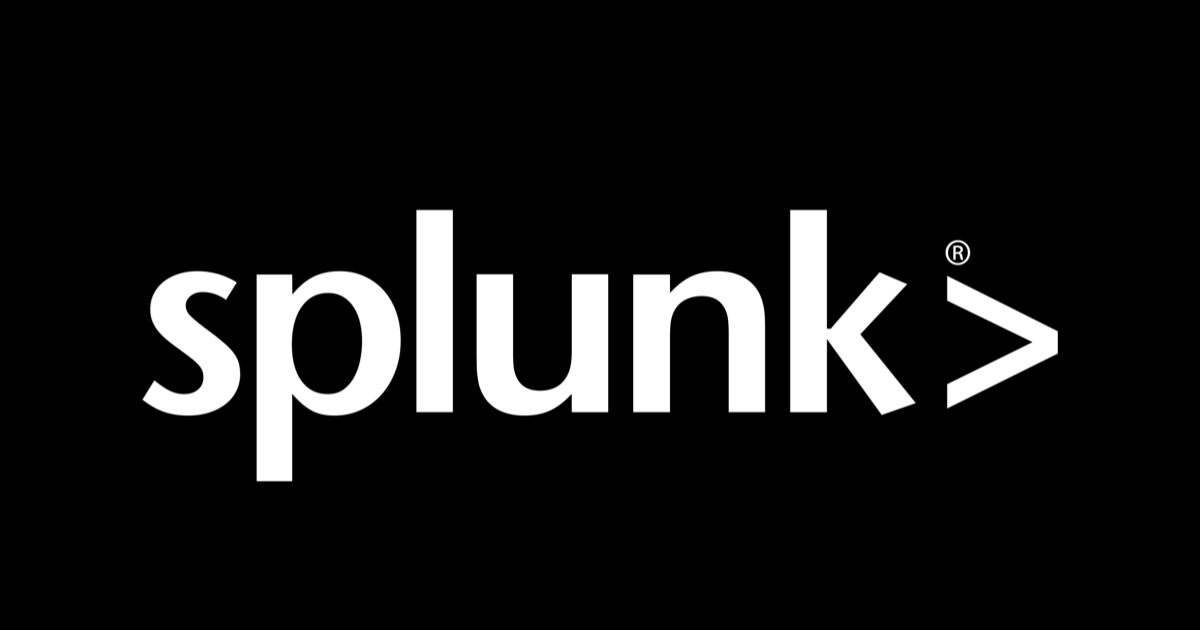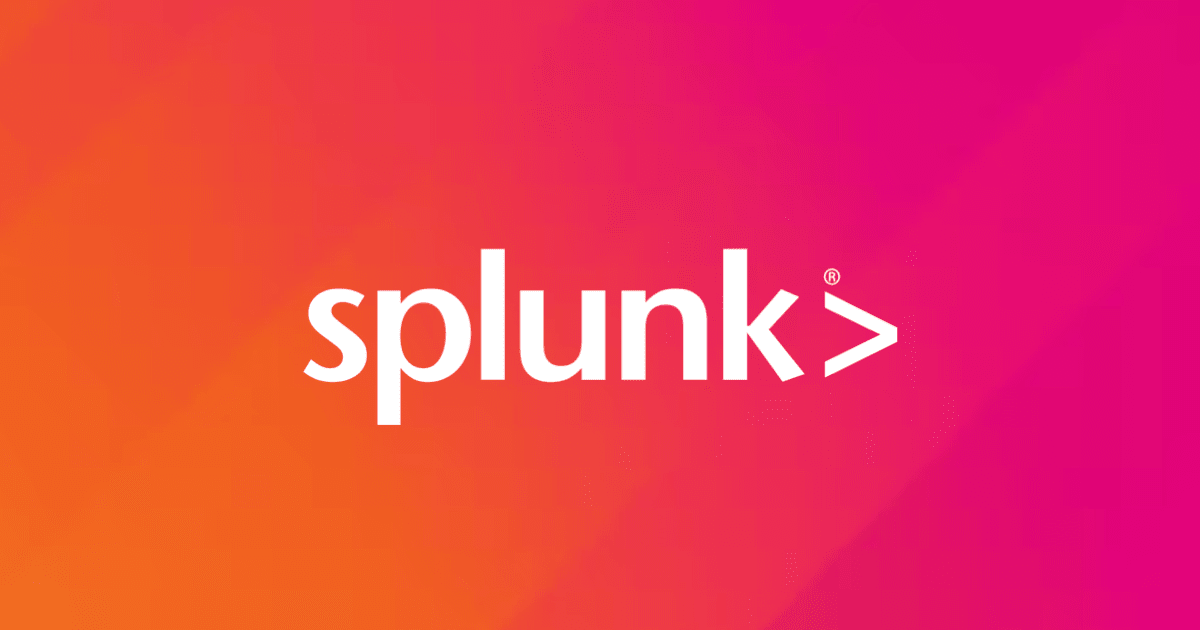
Unveiling AI Priorities in Cybersecurity: Insights from Splunk’s Survey a Splunk Webinar
Introduction
Hemanth from the Alliance Department here. This time around, I would like share about the recent Splunk webinar focusing on AI priorities, obstacles, and their impact on cybersecurity. The session delved into key insights derived from Splunk's survey on AI adoption within the cybersecurity landscape.
Splunk
Splunk is a platform that makes it easier to explore historical and real-time data by gathering, indexing, and analyzing machine-generated data. Organizations looking to extract meaningful insights and discover threats from their data will find it helpful because to its robust search capabilities, monitoring tools, and security measures.
Speaker for the Session
Paul Kurtz, Chief Cybersecurity Officer and Field CTO of Splunk
About the Speaker Paul Kurtz
Paul Kurtz has over twenty years of experience in cybersecurity leadership and government circles. After serving in the government, Kurtz had extensive experience in counterterrorism and non-proliferation of weapons. Following 9/11, his career path changed to focus on cybersecurity. He moved into this important sector and started TruStar, a cybersecurity business that Splunk eventually acquired.
Understanding the Role of a Field CTO
The close coordination to comprehend the priorities of CTOs and CISOs. Splunk effectively tailors solutions by developing solid partnerships and getting insights into corporate difficulties. Make use of consumer interactions to provide insightful guidance based on a range of experiences. With every customer interaction, the depth of knowledge grows, enhancing Splunk's product offerings. In the end, cybersecurity solution innovation is propelled by Splunk's emphasis on client connections.
Survey Insights: Unveiling AI Priorities
The AI priorities report from Splunk highlights the trend in cybersecurity toward using AI for automation. Artificial intelligence (AI) might improve automation skills to successfully address the volume and velocity of security threats. It's important to comprehend the viewpoints of customers; the survey indicates that many of them strongly favor using AI for automation. Splunk had been promoting automation because of the lack of human resources in the face of mounting risks long before the interest in AI exploded. Automation can be done quickly with AI, addressing important aspects like DevOps and observability. Splunk uses AI to automate tasks and improve tool usability. One example is the use of natural language processing (NLP) to organize queries, which cuts down on training time and improves customer experience with the product.
Differentiating AI and AGI
There is a distinction between artificial intelligence (AI), which makes inferences from pre-existing data sets, and artificial general intelligence (AGI), which goes beyond automation to produce new insights and understanding in the field of cybersecurity. AGI can reveal novel concepts and subtleties, whereas AI concentrates on knowledge that already exists. In order to effectively utilize AI and AGI skills in cybersecurity methods, it is imperative to comprehend this discrepancy.
Context of AI Survey by Splunk
The survey explores automation, with a special emphasis on compliance and monitoring—two areas that have traditionally required a lot of work. AI is becoming recognized as a useful tool for handling compliance-related concerns more effectively and cutting down on laborious tasks. One of the main goals is to automate vulnerability discovery and mitigation procedures by utilizing AI. To improve security measures, this entails creating an extensive database of known vulnerabilities and possible attack pathways, leveraging real-time data sets. Although the idea seems simple, there are difficulties in putting it into practice, which emphasizes how important it is to quickly address vulnerabilities and put effective mitigation techniques in place.
Observations on Adoption Trends
It's evident that some people and organizations—especially those who are still getting used to AI technologies—are taking a cautious "wait and see" stance. The degree of control and the capacity to understand the output produced by AI systems are frequently the subjects of concern. Examples of false information or misreading, similar to delusions, highlight the importance of close examination. While many stakeholders see that AI adoption has enormous potential, some prefer to take a step-by-step approach, concentrating on particular jobs rather than adopting AI completely. This realistic approach highlights the value of a cooperative relationship between clients and vendors such as Splunk, which enables a phased investigation and assimilation of AI technology.
Conclusion
Artificial Intelligence (AI) is becoming a potent weapon for enterprises navigating the ever-changing cybersecurity landscape. It can boost automation and improve threat identification and response. Organizations may strategically incorporate AI into their cybersecurity strategies to enhance resilience and agility against dynamic threats by utilizing the insights gathered from Splunk's survey.
References
Explore more insights into Splunk and related topics through Classmethod's comprehensive collection of Splunk blogs
Find the Press release of Splunk AI survey here





